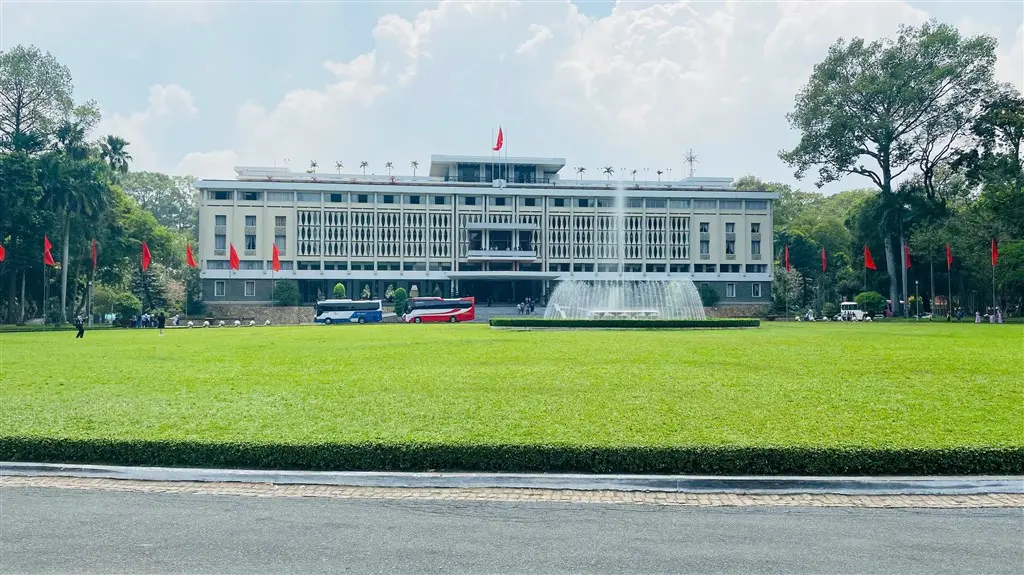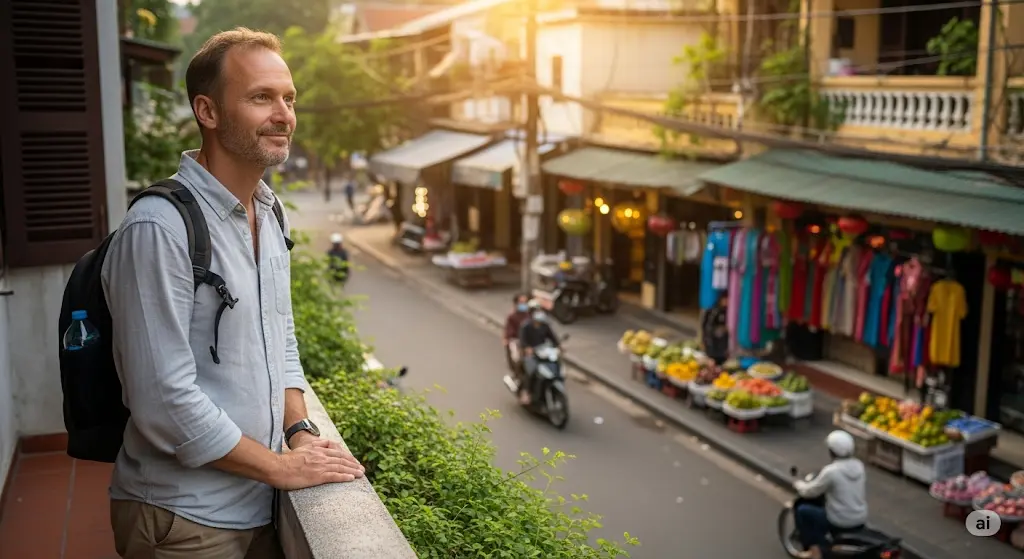Welcome to EssentialVietNamtravel.com, your starting point for exploring the wonders of Vietnam Tourism. This guide provides clear, practical information for planning your trip. Vietnam offers diverse experiences, from bustling cities to serene landscapes. It is a key player in Southeast Asia tourism and increasingly popular in Asia tourism and Global tourism. Understanding Vietnam helps you appreciate its unique place.
This country combines ancient traditions with dynamic growth. Its Culture and Natural beauty attract visitors worldwide. We will cover key Destinations, Activities, Cuisine, and practical steps for your Vietnam travel. Forget the idea of a simple Staycation; an adventure awaits. While situations like a Travel ban or periods of Isolation are rare exceptions, Vietnam is generally open and welcoming. This guide focuses on active travel, not Non-tourism activity. Let’s begin your journey to Visit Vietnam.
Why Choose Vietnam Tourism: Exploring Top Destinations and Attractions
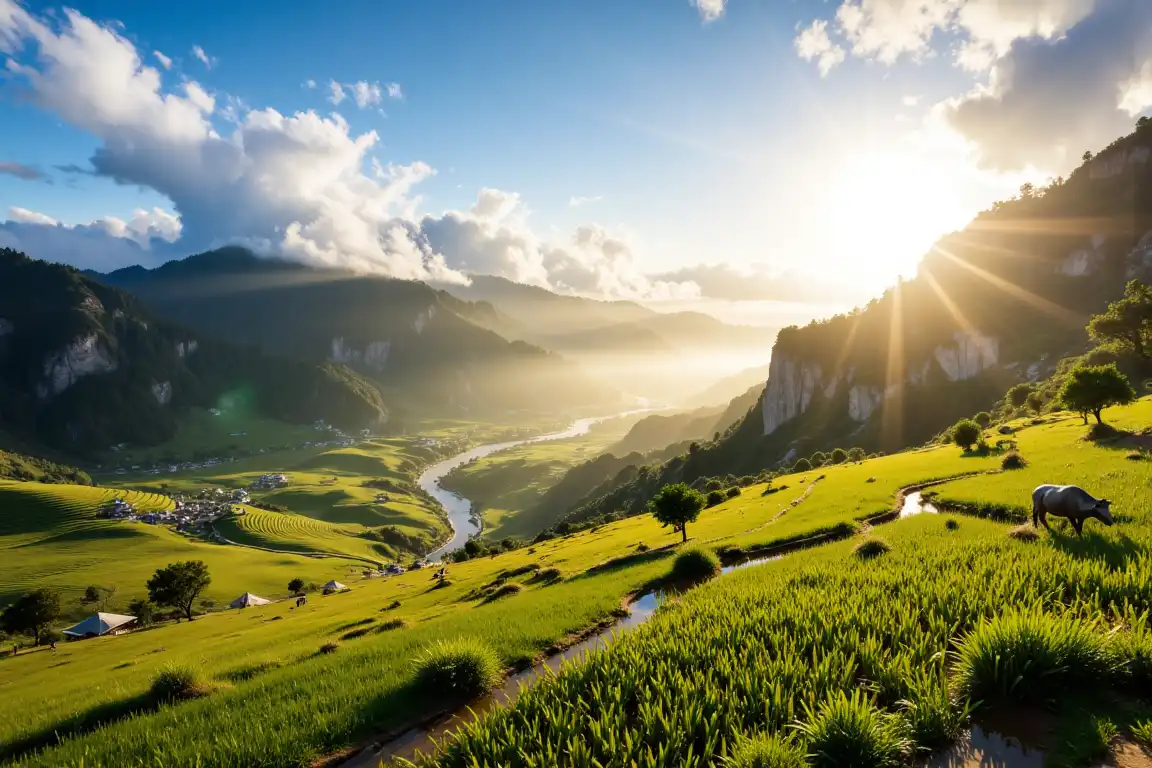
Choosing Vietnam for your travels opens doors to a unique corner of Southeast Asia. The appeal lies in its rich tapestry of experiences. You find ancient history alongside rapid modernization. You see stunning Natural landscapes meeting vibrant city life. Vietnam destinations range from mountainous highlands in the north to the fertile Mekong Delta in the south. Key Vietnam attractions include UNESCO World Heritage Site locations, historical landmarks, and beautiful coastlines.
One major reason travelers choose Vietnam is the value. Your money often goes further here compared to many Western countries, allowing for longer stays or more Luxury experiences if desired. The Vietnamese Dong is the official Currency. Understanding exchange rates helps manage your budget effectively.
The Hospitality of the Vietnamese people is frequently noted by visitors. You often encounter welcoming locals, eager to share their Culture. This cultural immersion is a significant draw. You can learn about Vietnamese history, witness traditional crafts, and participate in local festivals. The country shows remarkable Historical resilience.
Vietnam tourism is also known for its diverse Activities. You can go trekking in Sapa’s Rice Terraces, cruise through limestone Karst landscapes in Ha Long Bay, explore the Ancient Town of Hoi An, or relax on the Beaches of Da Nang. For the adventurous, options include Motorbike tours across the country, exploring Remote areas, or trying Extreme sports in specific locations. Some travelers even seek out Off-the-beaten-path experiences or engage in Dark tourism related to historical sites like those impacted by the Vietnam War.
The accessibility of information makes planning easier. Many resources exist online and through Vietnam travel agencies. While independent travel is common, especially for Backpacking Asia itineraries, organized tours offer convenience. The country’s infrastructure generally supports Travel, although navigating can be part of the adventure. Safety influences choice, and Vietnam is widely considered a safe destination for tourists, though standard precautions apply.
The Vietnam economy benefits significantly from tourism, making the Service industry a crucial sector contributing a Significant GDP percentage. Marketing promotes destinations, ensuring awareness of what Vietnam offers. Ultimately, the combination of culture, nature, affordability, and diverse activities makes Vietnam Tourism a compelling choice. Destinations are appealing, and the desire for Travel is desired by many who look towards Southeast Asian travel.
Iconic Vietnam Destinations: Discover Ha Long Bay, Hanoi, and Ho Chi Minh City
![]()
Vietnam boasts numerous captivating locations, but three stand out as essential Vietnam destinations for many travelers: Ha Long Bay, Hanoi, and Ho Chi Minh City. Each offers a distinct Experience.
Ha Long Bay, located in northeastern Vietnam, is arguably the most iconic Natural landscape in the country. Its Designation as a UNESCO World Heritage Site highlights its global significance. Thousands of limestone Karst landscapes and islets rise dramatically from emerald waters.
The best way to experience the bay is typically via boat cruise. Options range from day trips to overnight journeys. Activities include kayaking, swimming, visiting caves, and exploring floating villages. Seeing the bay is a primary Key Attraction for Vietnam Tourism. The sheer scale and beauty make it unforgettable. Planning is key; book cruises in advance, especially during peak season. Information exists readily online for various cruise operators.
Hanoi, the Capital of Vietnam, offers a blend of history, culture, and energy. Its heart is the Old Quarter, a labyrinth of streets dating back centuries, each once specializing in a particular trade. Exploring this area on foot or by cyclo is essential. Key sites include Hoan Kiem Lake, the Temple of Literature, the Ho Chi Minh Mausoleum complex, and numerous pagodas and temples. Hanoi buzzes with activity, especially the ubiquitous Motorbike culture. Street food stalls are everywhere, offering delicious and affordable local Cuisine.
The city provides a deep dive into Vietnamese culture and Vietnamese history. Finding Accommodation is easy, with options from budget hostels to luxury hotels. Hanoi serves as a major hub for exploring northern Vietnam, including trips to Sapa or Ha Long Bay.
Ho Chi Minh City, formerly Saigon, is the bustling economic center and Major City in southern Vietnam. It feels more modern and fast-paced than Hanoi. Skyscrapers share the skyline with French colonial architecture. Key attractions include the War Remnants Museum (offering insights into the Vietnam War and its Impact on Historical Sites), the Reunification Palace, Notre Dame Cathedral (Saigon), and the Central Post Office.
Ben Thanh Market is a popular spot for shopping and sampling food. The city is also a gateway to the Mekong Delta. Like Hanoi, Ho Chi Minh City has a vibrant street life and incredible food scene. Understanding the city’s role in recent Vietnamese history adds depth to the visit. Both Hanoi and Ho Chi Minh City offer distinct perspectives on Vietnam, making visits to both highly recommended for a comprehensive Vietnam travel experience. These major hubs have excellent Infrastructure supports access, including international airports.
Immersive Vietnam Travel: Experiencing Local Culture and Delicious Vietnamese Food like Pho
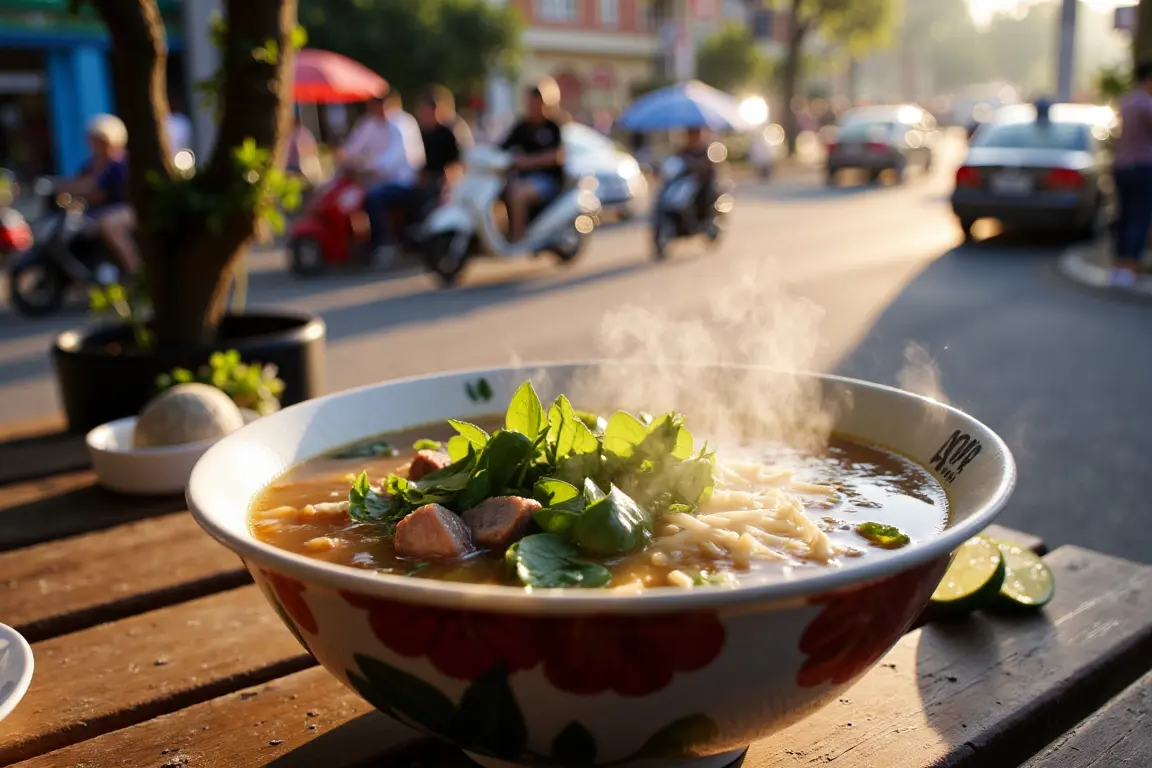
A trip to Vietnam is incomplete without immersing yourself in its rich Culture and savoring its world-renowned Cuisine. Vietnam Travel offers countless opportunities to connect with local life beyond just sightseeing. Understanding and respecting local customs enhances the Experience.
Vietnamese culture is a fascinating blend of influences, primarily Chinese, French colonial, and indigenous traditions. Family plays a central role. You’ll often see multiple generations living together or close by. Showing respect for elders is important. Modesty in dress is appreciated, especially when visiting temples or religious sites. Learning a few basic Vietnamese phrases can go a long way in interactions. Look for opportunities to observe traditional arts, like water puppetry shows, often found in Hanoi.
The Ao Dai, a Traditional dress, is an elegant symbol often seen during festivals or special occasions. The practical Conical hat is not just a symbol but widely used for Sun protection in rural areas. The Lotus flower holds cultural significance as well. Witnessing daily life, whether in a bustling market or a quiet village, provides valuable insights.
Vietnamese cuisine is a major highlight for most visitors. It’s known for its fresh ingredients, balance of flavors (sweet, sour, salty, spicy, bitter), and regional variations. Rice is the Staple food, accompanying most meals. Pho, a flavorful Noodle soup, is perhaps the most famous Vietnamese dish. You can find it everywhere, from street stalls to upscale restaurants, typically with beef (pho bo) or chicken (pho ga). Beyond Pho, explore other delights. Banh mi (Vietnamese baguette sandwich), Bun cha (grilled pork with noodles), Cao lau (a Hoi An specialty), and fresh spring rolls (goi cuon) are must-tries.
Vibrant street food culture is integral to the experience. Don’t be afraid to pull up a plastic stool at a roadside stall – it’s often where you’ll find the best and most authentic food. Coffee culture is also huge, with unique variations like ca phe trung (egg coffee). Participating in a cooking class is a great way to learn about ingredients and techniques firsthand. Exploring local markets reveals the diversity of produce and ingredients used. This focus on food is central to many Vietnam holidays.
Planning Your Visit Vietnam Trip: Best Times for Vietnam Travel

Timing is crucial for planning a successful trip to Vietnam. The country’s elongated shape means diverse weather patterns across different regions simultaneously. Understanding these variations helps determine the best time to visit vietnam for tourism based on your intended Destinations and Activities. There isn’t one single “best” month for the entire country, but certain periods offer more favorable conditions overall.
Generally, Vietnam has two main seasons: the dry season and the rainy season. However, this varies significantly between the north, central, and south.
Northern Vietnam (Hanoi, Ha Long Bay, Sapa):
- Best Time: Spring (March to May) and Autumn (September to November). During these periods, the weather is generally pleasant, with moderate temperatures and lower humidity. Spring is often considered an ideal Best Season.
- Winter: December to February can be cold, especially in mountainous areas like Sapa, sometimes with fog in Ha Long Bay.
- Summer: June to August is hot and humid, with higher chances of rain and typhoons.
Central Vietnam (Hoi An, Da Nang, Hue):
- Best Time: January to August. This period typically sees sunny weather and warm temperatures, ideal for enjoying the Beaches of Da Nang or exploring the Ancient Town of Hoi An.
- Rainy/Typhoon Season: September to December brings heavy rainfall and potential typhoons, which can cause flooding, particularly in Hoi An. Travel during this time requires flexibility.
Southern Vietnam (Ho Chi Minh City, Mekong Delta):
- Best Time: December to April (Dry Season). Temperatures are warm and pleasant, with less humidity. This is ideal for exploring the city and the Mekong Delta waterways.
- Rainy Season: May to November brings short, heavy afternoon downpours, but travel is still very possible. Temperatures remain high.
Overall Considerations:
- Peak Tourist Season: Generally aligns with the best weather months in each region and during major Vietnam holidays like Tet (Lunar New Year – usually late January or February). Expect larger crowds and potentially higher prices for Accommodation and Vietnam flights. Travel planning requires booking further in advance during these times.
- Shoulder Seasons: Spring and Autumn often offer a good balance of pleasant weather and fewer crowds.
- Tet Holiday: While culturally fascinating, travel during Tet can be challenging. Many businesses close, and Transportation becomes heavily booked and more expensive. Plan meticulously if traveling during this time.
Consider your priorities. If beach time in Central Vietnam is key, target the dry season there. If trekking in Sapa is your goal, avoid the coldest winter months and the wettest summer months. Researching specific regional weather for your travel dates is essential for effective Travel planning. Checking weather forecasts closer to your departure date is also advisable. Information exists on numerous travel websites regarding climate patterns.
Navigating Logistics: Understanding Vietnam Visa Requirements and Finding Vietnam Travel Agencies or Tour Operators
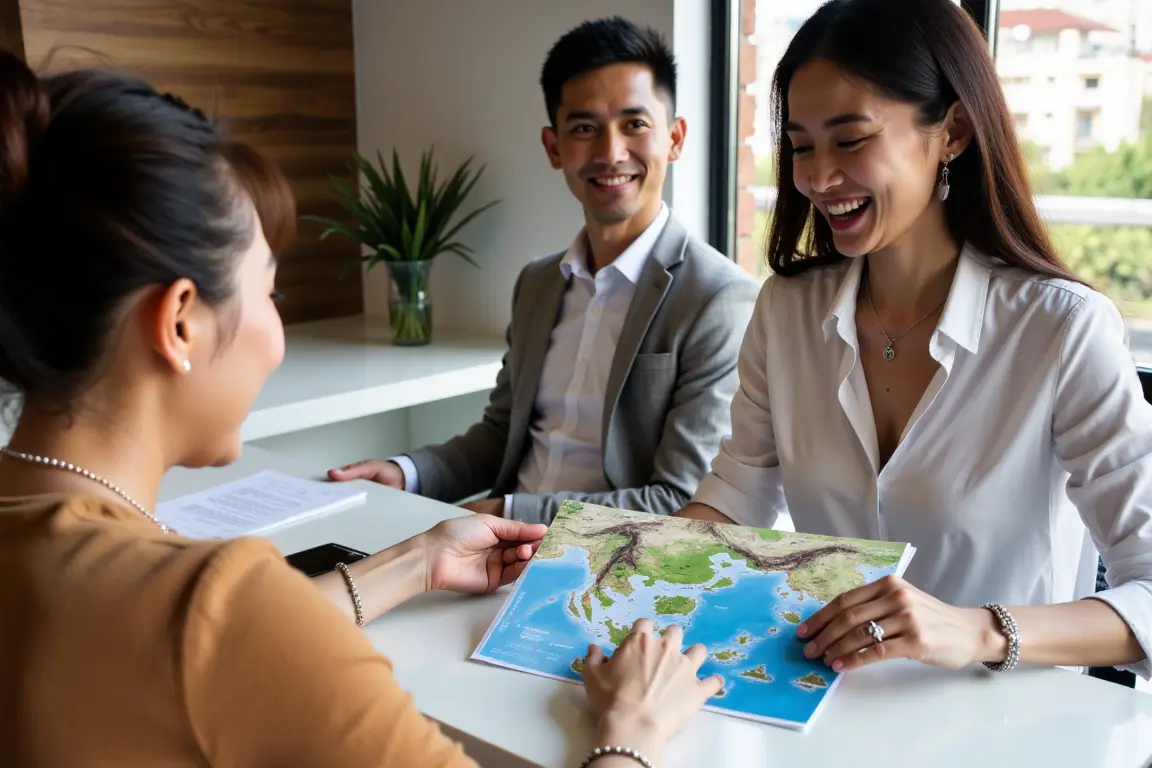
Handling the practicalities of visas and travel arrangements is a key part of planning your Vietnam Tourism experience. Vietnam is accessible, but understanding the entry requirements and how to get assistance is vital. Visa enables travel, making it a critical first step.
Vietnam Visa Requirements: Visa policies can change, so always check the official website of the Vietnamese embassy or consulate in your country, or the Vietnam Immigration Department portal, for the latest information before making plans. This addresses the Informational query aspect of travel planning.
- Visa Exemptions: Citizens of several countries (including many ASEAN nations, some European countries, South Korea, Japan) are exempt from visas for short stays (typically 15-45 days). Verify if your nationality qualifies and the duration allowed.
- E-Visa: Vietnam offers an E-visa available policy for citizens of numerous countries (check the official list). This allows you to apply online for a single-entry visa, usually valid for up to 90 days. The process involves filling out an online form, uploading documents (passport scan, photo), and paying a fee (check the current cost of vietnam tourism visa). Processing times vary, so apply well in advance. This addresses a Transactional intent.
- Visa on Arrival (VOA): This option used to be more common but is now primarily for specific cases or those entering via certain arrangements. It typically requires obtaining an approval letter beforehand through an agency. The E-visa is generally the more straightforward method for most tourists arriving by air.
- Embassy Visa: If you don’t qualify for an exemption or E-visa, or need a different type of visa (e.g., multiple entry), you’ll need to apply through a Vietnamese embassy or consulate in your country. This process usually takes longer.
Gathering Documents: You’ll typically need a passport valid for at least six months beyond your intended stay, passport photos, proof of onward travel (Vietnam flights), and potentially Accommodation booking details.
Find the Best Flight Deals to Vietnam
Planning your trip starts with a great flight. Use a powerful flight aggregator to compare prices from hundreds of airlines in seconds and find the cheapest tickets. WayAway even offers cashback on bookings!
Vietnam Travel Agencies and Tour Operators: While independent travel is feasible, many visitors use Vietnam travel agencies or Vietnam tour operators for convenience and local expertise. This relates to Commercial investigation.
- Benefits: They can handle Vietnam flights, Accommodation, Transportation, guided tours, and Activities. They possess local knowledge, can overcome language barriers, and often have access to better deals or unique experiences. This is particularly helpful for complex itineraries, vietnam adventure tourism itinerary planning, or specific interests like vietnam ecotourism spots. They contribute significantly to the Service industry.
- Choosing an Agency: Look for reputable companies with good reviews. Check if they are registered locally. Compare itineraries and prices. Ensure they understand your interests (e.g., Luxury, Off-the-beaten-path, vietnam tourism packages for couples). Many reliable operators exist both internationally and within Vietnam.
- Independent Booking: Platforms like Booking.com, Agoda (for Vietnam hotels), Skyscanner, and local airline websites allow direct booking. This requires more research but offers flexibility.
Remember, Safety influences choice. Reputable agencies prioritize safety standards. Good Infrastructure supports access, but local knowledge helps navigate it efficiently. Ensure Information exists and is reliable before booking independently. Marketing promotes destinations, but verify details through multiple sources or agencies. Ultimately, whether you use an agency or plan independently depends on your comfort level, budget, and travel style.
Unique Adventures: Exploring the Mekong Delta Waterways and Beyond
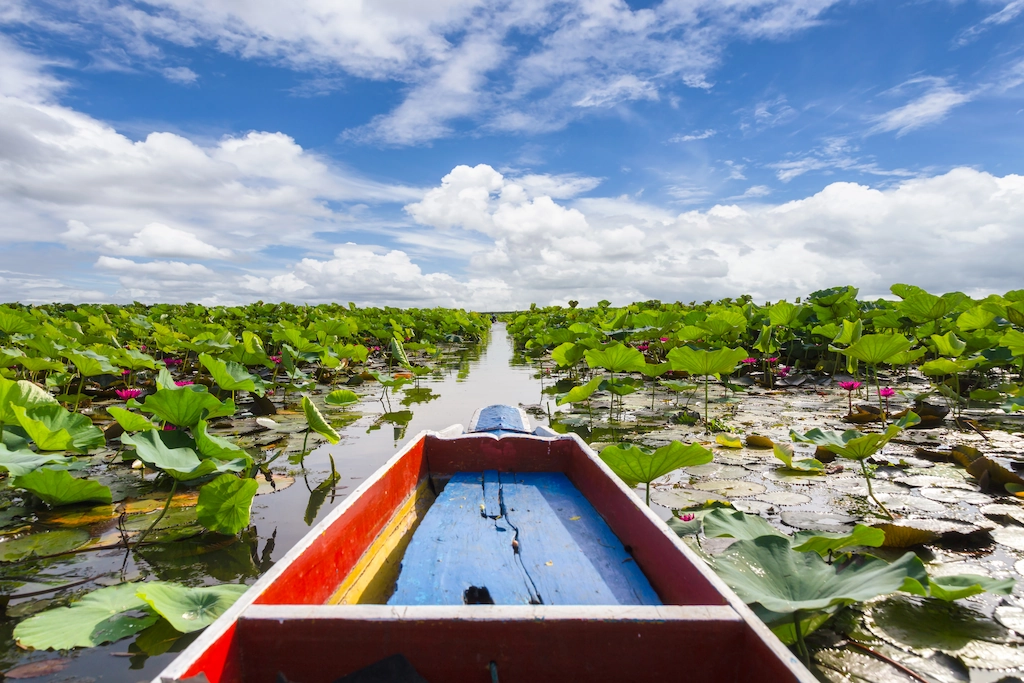
Beyond the headline destinations, Vietnam Tourism offers a wealth of unique adventures for those seeking deeper immersion or Off-the-beaten-path experiences. Exploring the Mekong Delta waterways is a prime example, but adventures extend to mountainous regions and coastal hideaways.
The Mekong Delta: Often called Vietnam’s “rice bowl,” the Mekong Delta is a vast, fertile region in the south where the Mekong River splits into numerous channels before emptying into the sea. Life revolves around the Waterways.
- Experience: Take a boat trip from Can Tho or My Tho. Explore floating markets like Cai Rang (best visited early morning). Cycle through lush countryside, past rice paddies and fruit orchards. Visit local workshops making coconut candy or rice paper. Enjoy the slower pace of life. Homestays offer authentic cultural immersion.
- Access: Easily accessible from Ho Chi Minh City as a day trip or multi-day excursion. Transportation options include bus or private car, often combined with boat tours arranged by Vietnam travel agencies or booked locally. The delta offers a distinct contrast to the bustle of the cities and the landscapes of the north. It’s a key feature of Vietnam attractions.
Beyond the Delta: Other Unique Adventures:
- Sapa and the Northern Highlands: Known for dramatic Rice Terraces carved into mountainsides. Trekking through ethnic minority villages offers incredible scenery and Cultural encounters. This region offers a glimpse into a different side of Vietnam, often requiring more effort to reach but rewarding travelers with unique Experiences. Consider vietnam adventure tourism itinerary options here.
- Ha Giang Loop: A legendary Motorbike journey in the far north, known for breathtaking mountain passes and remote landscapes. This is for adventurous travelers comfortable with challenging roads and basic Accommodation in places. It epitomizes Off-the-beaten-path exploration and showcases Vietnam’s stunning Natural beauty.
- Phong Nha-Ke Bang National Park: Home to some of the world’s largest caves, including Son Doong. Offers cave explorations, trekking, and river activities amidst spectacular Karst landscapes. A hub for vietnam ecotourism spots and adventure Activities.
- Coastal Exploration: Beyond popular spots like Da Nang and Nha Trang, explore quieter coastal areas like Quy Nhon or Phu Yen for beautiful Beaches and fewer crowds. Islands like Phu Quoc and Con Dao offer Luxury resorts alongside more Remote stretches of sand.
- Cultural Festivals: Plan your trip around local festivals for a vibrant dose of Vietnamese culture. Research specific dates and locations.
These unique adventures often require more Travel planning. Infrastructure supports access to varying degrees in Remote areas. Using local guides or specialized Vietnam tour operators can enhance safety and the overall Experience. These trips highlight Vietnam’s diversity beyond the typical tourist trail, contributing to a richer understanding of the Destination. Travel is desired, and these unique options fulfill the quest for authentic and memorable journeys within Southeast Asian travel. Remember that Safety influences choice, especially when undertaking activities like motorbike loops or exploring remote caves. Ensure you have adequate preparation and information.

